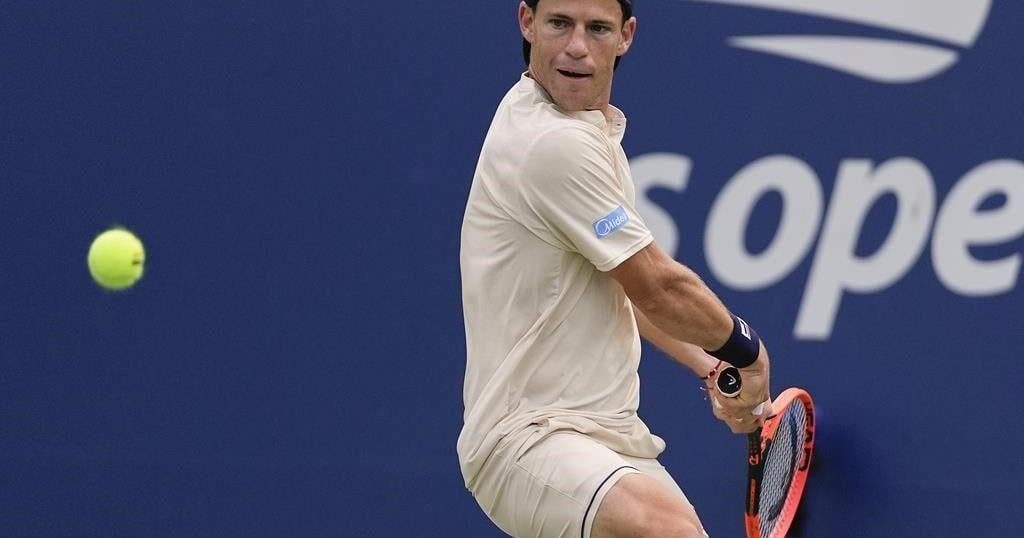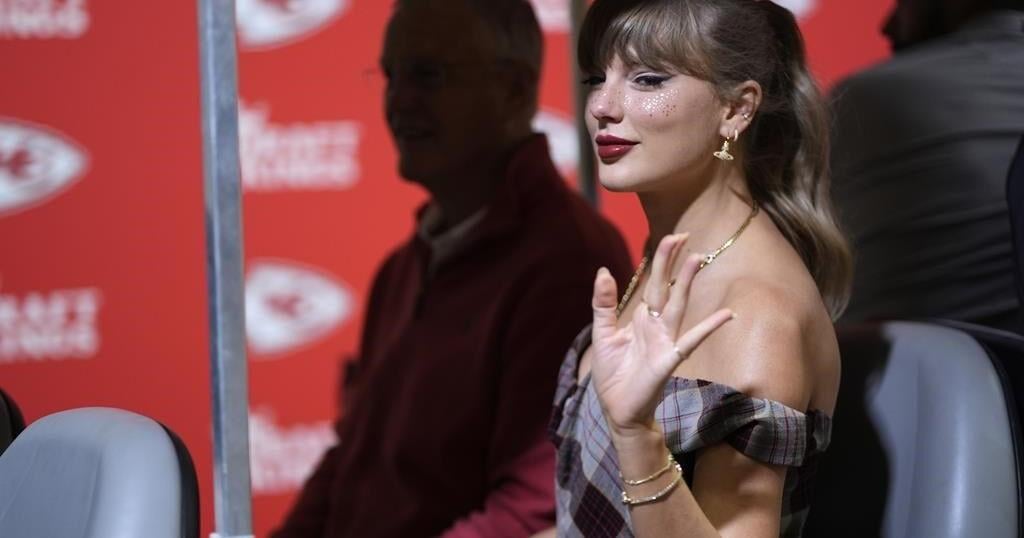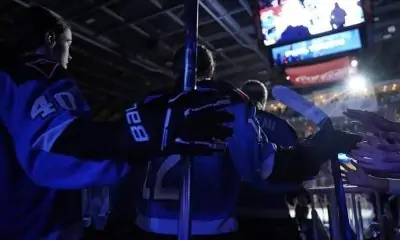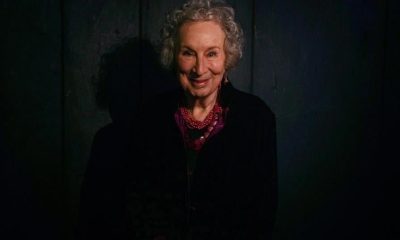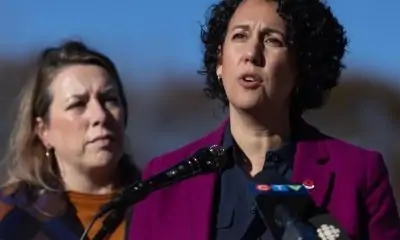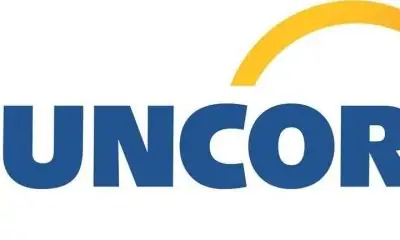NEW YORK (AP) — Dominic Thiem never heard the unmistakable sounds of the New York crowd when he won the U.S. Open for his lone Grand Slam title.
Arthur Ashe Stadium was nearly empty for his historic comeback on that 2020 night, the COVID-19 pandemic forcing the tournament to be played without fans.
So even though his Grand Slam career ended Monday with a 6-4, 6-2, 6-2 first-round loss to No. 13 seed Ben Shelton, Thiem said the match was an important moment for him, allowing him to play before a packed house on the court where he had the biggest victory of his career.
“To say thank you to all of you,” Thiem told the fans, “and to make the time up for what we missed four years ago.”
Thiem, who will turn 31 next week, has battled wrist injuries in recent years and had previously announced this would be his final season. He was given a wild card by the U.S. Tennis Association into the tournament for what became just his 10th match of the season.
Thiem beat Alexander Zverev in the 2020 final, winning a fifth-set tiebreaker to become the first man to win the U.S. Open after losing the first two sets since 1949. That was already Thiem’s fourth Grand Slam final and there was no reason to think there wouldn’t be more.
The Austrian had reached No. 3 in the ATP rankings that March after getting to the Australian Open final, and the year ended with him inside the top 10 for a fifth straight season. He made two French Open finals before that.
But Thiem injured his right wrist in June 2021 and he could never regain the form or the strength on his forehand that had allowed him to go 9-3 against the Big Three of Novak Djokovic, Roger Federer and Rafael Nadal during the 2019 and 2020 seasons.
The forehand, Thiem said, “never came back like it was before.”
He certainly lacks the power of Shelton, who rode his explosive left-handed serve all the way to the 2023 U.S. Open semifinals — which followed a second-round victory over Thiem.
They shared a nice exchange at the net before Shelton encouraged to the crowd to show its appreciation for Thiem.
“Obviously I have been out here a couple years now, and he’s kind of been in and out playing tournaments and not playing tournaments,” Shelton said. “So you hate to see a guy like that, such a nice guy, great player, go through the injuries and deal with all that he’s dealt with.
“But I think if I learn anything from him, it’s that this is a game that is unforgiving. Things can change quick. You can be at the top of the game, and your body doesn’t hold up or some freak accident happens. Injuries happen all the time. So tennis isn’t forever. I think that’s one thing to learn and take away. Obviously still had a career that a lot of people dream about.”
Thiem was presented with a framed collage of photos of himself in action at the U.S. Open.
He said he will play two more events before retiring, ending his career at the ATP’s stop in Vienna in October. Thiem said he will stay involved somehow in tennis, and already has an academy in Austria. And though he said he’s at peace with his plan to retire, he knows there’s a part of tennis he won’t be able to replace.
“I think that the thing I will miss the most is, like, this feeling after winning a great match. It’s not really comparable to anything else,” Thiem said. “You don’t really get this feeling, I mean, in my case, in life outside of tennis, because it’s a real high. It’s like being on drugs a little bit, I guess.
“I mean, I know that probably this feeling is not coming back again, so this is for sure also the one I’m going to miss the most.”
Later Monday, Diego Schwartzman played his final U.S. Open match, a 6-7 (2), 6-2, 6-2, 6-1 loss to Gael Monfils. Schwartzman played his way through qualifying into the main draw for the 11th straight year at the tournament where he twice reached the quarterfinals.
Schwartzman, 32, plans to end his career in his native Argentina in February 2025. Just 5-foot-8, he reached the 2020 French Open semifinals and ended that year No. 9 in the ATP rankings. He was emotional at the end of his match before being saluted afterward for his success in New York.
“It’s crazy for me,” Schwartzman said. “Since I’m young, I never dreamt of this. I finished my career this way, it’s very special and very emotional.”
—
AP tennis:

